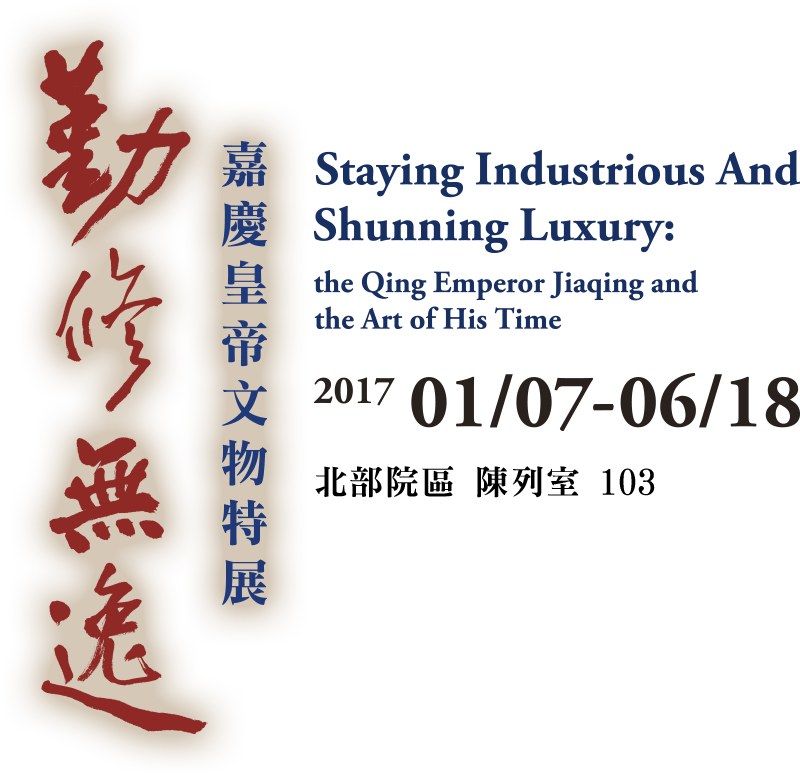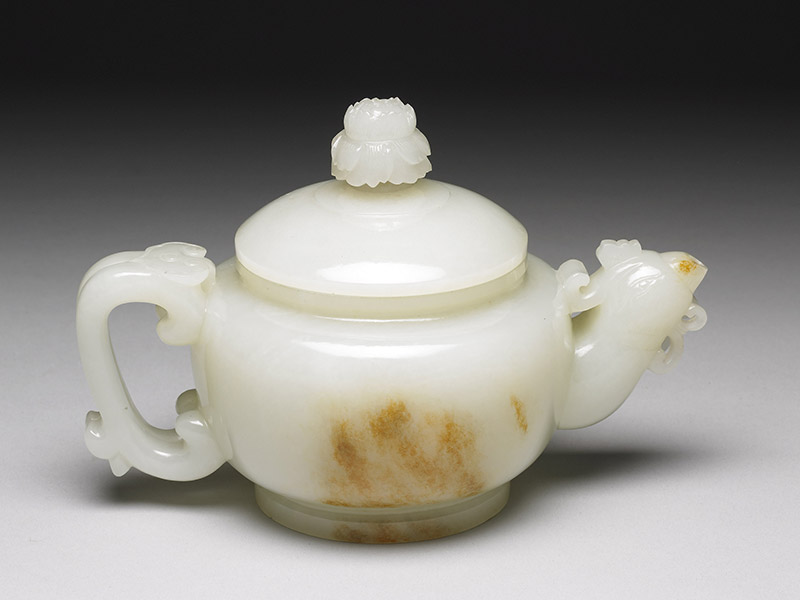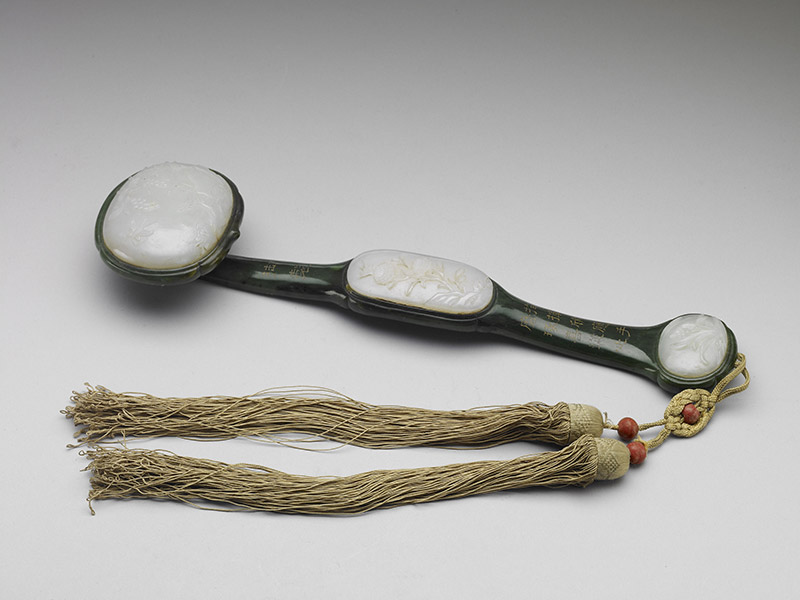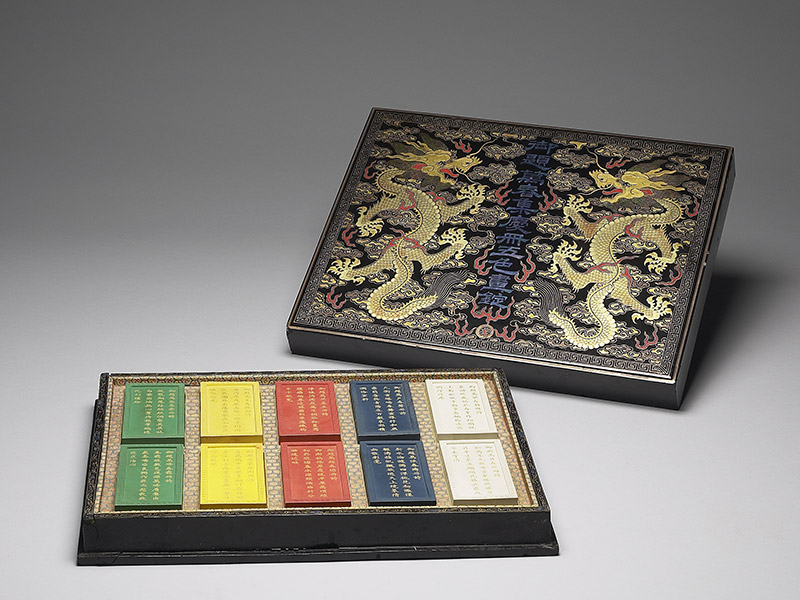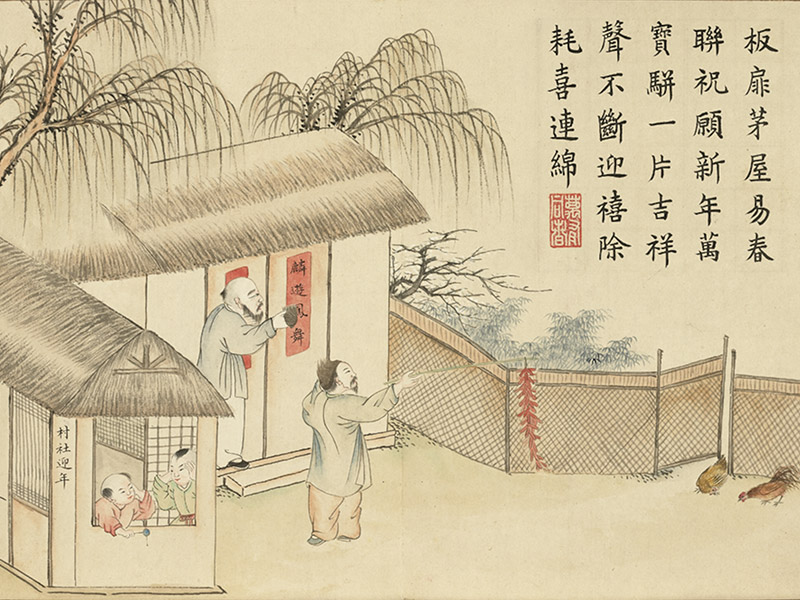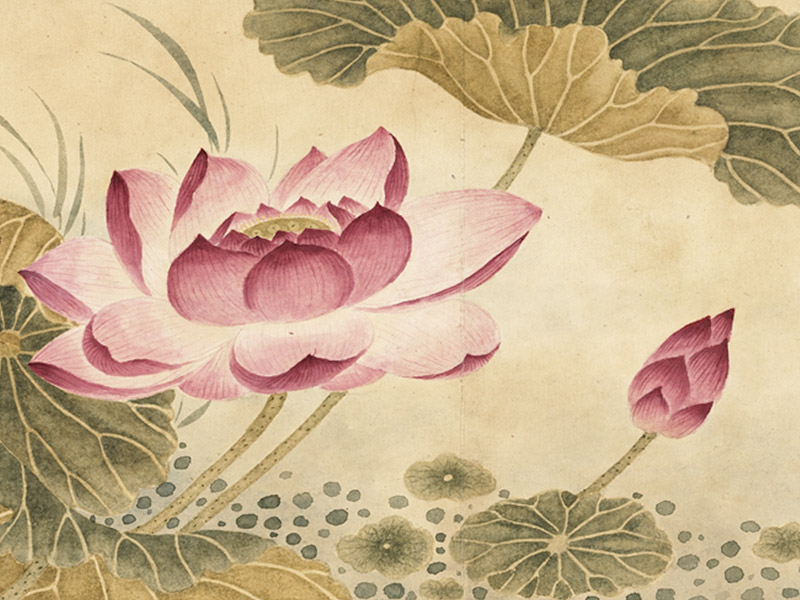The development of court art during the Jiaqing reign is marked by a continuation of the styles, forms, and patterns of the previous Qianlong reign. The connoisseurship and organization of the imperial holdings also followed on the heels of the Qianlong emperor, forming the last piece of the great collection-making enterprise at the Qing court. While the Jiaqing reign may seem rather conservative in terms of the limited number of works of art produced, it is nevertheless a manifestation of the emperor's wish to exercise self-restraints by playing down the role of pleasure in art. The style of simplicity so characteristic of his time in effect a realization of Emperor Jiaqing's people-centered expectations that court art and rulership would complement each other and that peace and prosperity would be brought to the land.
White jade phoenix-head hu vessel
- Jiaqing reign (1796-1820), Qing dynasty
Jade ruyi scepter with imperial poetry and three jade inlays
- Jiaqing reign (1796-1820), Qing dynasty
Painting sticks in five colors for the imperial production of the album Wanchun Jiqing (Collecting Celebrations of a Myriad Springs)
- Jiaqing reign (1796-1820), Qing dynasty
Hefeng Xiexiang (Peace and Prosperity at the New Year)
- Huang Yue (1750-1841)
- Album leaf, ink and colors on paper
- Qing dynasty
Qixu Shufang (Pleasing Fragrance of Blossoms in an Eternal Spring)
- Dong Gao (1740-1818)
- Album leaf, ink and colors on paper
- 3rd year of the Jiaqing reign (1798), Qing dynasty
